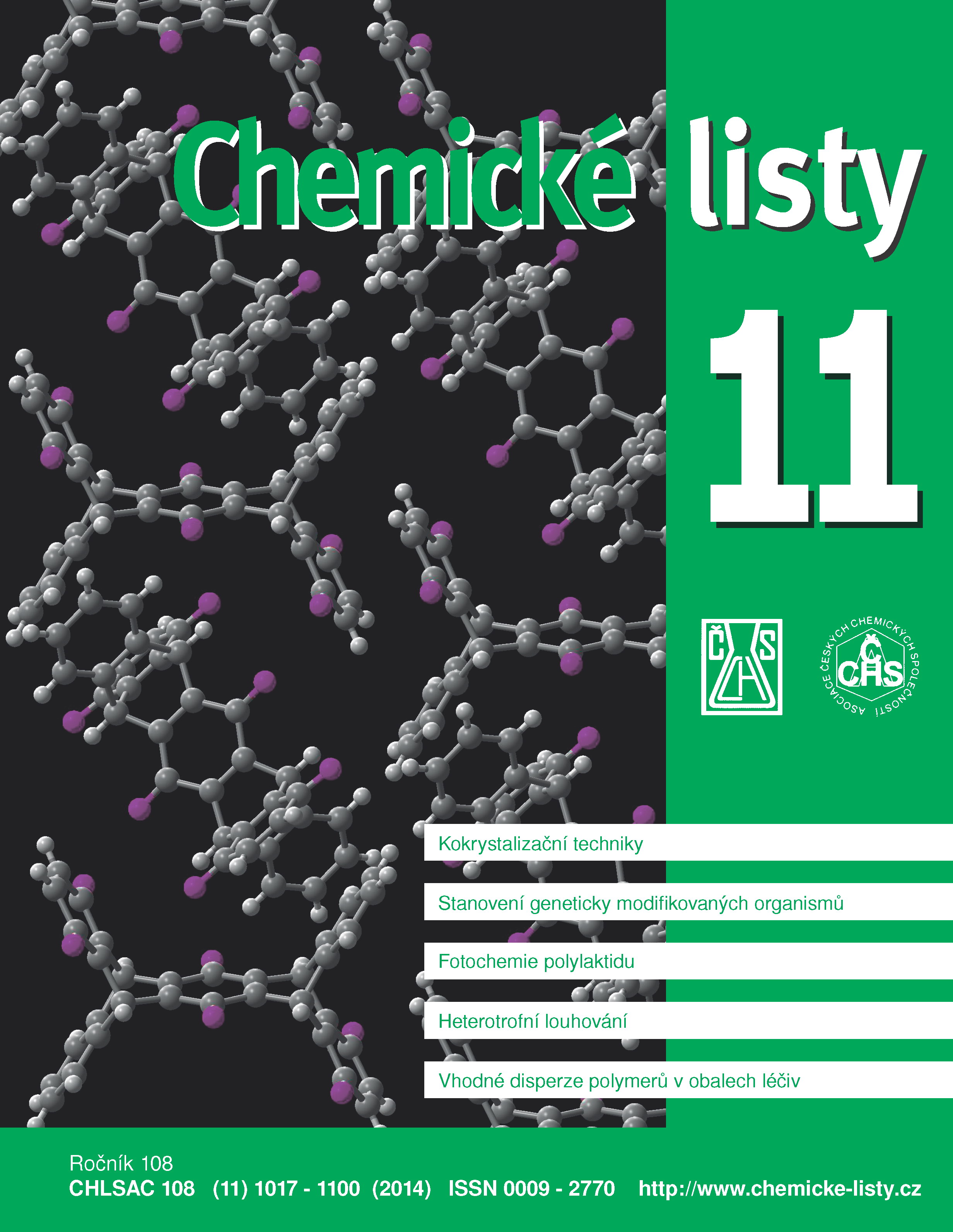Photodegradation and Photochemical Crosslinking of Polylactide
Keywords:
polylactic acid, polylactide, photochemistry, biodegradableAbstract
Thanks to biocompatibility, biodegradability and availability, renewable sources like polylactide materials have been increasingly used in various applications, such as packaging, agriculture and biomedicine. Controlled degradation of polylactide materials is very important in most of their applications. To affect their degradation rate the materials are exposed to various types of radiation. The influence of UV and visible light on changes in molecular characteristics of polylactides is reviewed. While UV radiation at λ < 300 nm leads to fast degradation of polylactide by direct photolysis, irradiation with daylight (λ > 300 nm), which is not absorbed by polylactide, leads to only slow degradation by radical processes due to the presence of impurities, fillers or photosensitizers. Polylactide can be crosslinked only after introduction of C=C bonds into polylactide chains by functionalization or copolymerization.





